Subscribe to our ▶️YouTube channel🔴 for the latest videos, updates, and tips.
Home | About Us | Contact Us | Privacy | Math Blog
The Law of Sines
We will discuss here about the law of sines or the sine rule which is required for solving the problems on triangle.
In any triangle the sides of a triangle are proportional to the sines of the angles opposite to them.
That is in any triangle ABC,
asinA = bsinB = csinC
Proof:
Let ABC be a triangle.
Now will derive the three different cases:
Case I: Acute angled triangle (three angles are acute): The triangle ABC is acute-angled.
Now, draw AD from A which is perpendicular to BC. Clearly, D lies on BC
Now from the triangle ABD, we have,
sin B = AD/AB
⇒ sin B = AD/c, [Since, AB = c]
⇒ AD= c sin B ……………………………………. (1)
Again from the triangle ACD we have,
sin C = AD/AC
⇒ sin C = AD/b, [Since, AC = b]
⇒ AD = b sin C ...………………………………….. (2)
Now, from (1) and (2) we get,
c sin B = b sin C
⇒ b/sin B = c/sin c………………………………….(3)
Similarly, if we draw a perpendicular to AC from B, we will get
a/sin A = c/sin c………………………………….(4)
Therefore, from (3) and (4) we get,
asinA = bsinB = csinC
Case II: Obtuse angled triangle (one angle is obtuse): The triangle ABC is obtuse angled.
Now, draw AD from A which is perpendicular to produced BC. Clearly, D lies on produced BC.
Now from the triangle ABD, we have,
sin ∠ABD = AD/AB
⇒ sin (180 - B) = AD/c, [Since ∠ABD = 180 - B and AB = c]
⇒ sin B = AD/c, [Since sin (180 - θ) = sin θ]
⇒ AD = c sin B ……………………………………. (5)
Again, from the triangle ACD, we have,
sin C = AD/AC
⇒ sin C = AD/b, [Since, AC = b]
⇒ AD = b sin C ……………………………………. (6)
Now, from (5) and (6) we get,
c sin B = b sin C
b/sin B = c/sin C ……………………………………. (7)
Similarly, if we draw a perpendicular to AC from B, we will get
a/sin A = b/sin B ……………………………………. (8)
Therefore, from (7) and (8) we get,
asinA = bsinB = csinC
Case III: Right angled triangle (one angle is right angle): The triangle ABC is right angled. The angle C is a right angle.
Now from triangle ABC, we have,
sin C = sin π/2
⇒ sin C = 1, [Since, sin π/2 = 1], ……………………………………. (9)
sin A = BC/AB
⇒ sin A = a/c, [Since, BC = a and AB = c]
⇒ c = a/sin A ……………………………………. (10)
and sin B = AC/AB
⇒ sin B = b/c, [Since, AC = b and AB = c]
⇒ c = b/sin B ……………………………………. (11)
Now from (10) and (11) we get,
a/sin A = b/sin B = c
⇒ a/sin A = b/sin B = c/1
Now from (9) we get,
⇒ asinA = bsinB = csinC
Therefore, from all three cases, we get,
asinA = bsinB = csinC. Proved.
Note:
1. The sine rule or the law of sines can be expressed as
sinAa = sinBb = sinCc
2. The sine rule or the law of sines is a very useful rule to
express sides of a triangle in terms of the sines of angles and vice-versa in
the following manner.
We have asinA = bsinB = csinC = k1 (say)
⇒ a = k1 sin A, b = k1 sin B and c = k1 sin C
Similarly, sin A/a = sin B/b = sin C/c = k2 (say)
⇒ sin A = k2 a, sin B = k2 b and sin C = k2 c
Solved problem using the law of sines:
The triangle ABC is isosceles; if ∠A = 108°, find the value of a : b.
Solution:
Since the triangle ABC is isosceles and A = 108°, A + B + C = 180°, hence it is evident that B = C.
Now, B + C = 180° - A = 180° - 108°
⇒ 2B = 72° [Since, C = B]
⇒ B = 36°
Again, we have, asinA = bsinB
Therefore, ab = sinAsinB = sin108°sin36° = cos18°sin36°
Now, cos 18° = √1−sin218°
= √1−(√5−14)2
= ¼√10+2√5
and sin 36° = √1−cos236°
= √1−(√5+14)2
= ¼√10−2√5
Therefore, a/b = 14√10+2√514√10−2√5
= √10+2√5√10−2√5
= √(10+2√5)2102−(2√5)2
= 10+2√5√80
⇒ ab = 2√5(√5+1)4√5
⇒ ab = √5+12
Therefore, a : b = (√5 + 1) : 2
- The Law of Sines or The Sine Rule
- Theorem on Properties of Triangle
- Projection Formulae
- Proof of Projection Formulae
- The Law of Cosines or The Cosine Rule
- Area of a Triangle
- Law of Tangents
- Properties of Triangle Formulae
- Problems on Properties of Triangle
From The Law of Sines to HOME PAGE
Didn't find what you were looking for? Or want to know more information about Math Only Math. Use this Google Search to find what you need.
Recent Articles
-
Volume of a Cuboid | Volume of Cuboid Formula | How to Find the Volume
Jul 20, 25 12:58 PM
Cuboid is a solid box whose every surface is a rectangle of same area or different areas. A cuboid will have a length, breadth and height. Hence we can conclude that volume is 3 dimensional. To measur… -
5th Grade Volume | Units of Volume | Measurement of Volume|Cubic Units
Jul 20, 25 10:22 AM
Volume is the amount of space enclosed by an object or shape, how much 3-dimensional space (length, height, and width) it occupies. A flat shape like triangle, square and rectangle occupies surface on… -
Worksheet on Area of a Square and Rectangle | Area of Squares & Rectan
Jul 19, 25 05:00 AM
We will practice the questions given in the worksheet on area of a square and rectangle. We know the amount of surface that a plane figure covers is called its area. 1. Find the area of the square len… -
Area of Rectangle Square and Triangle | Formulas| Area of Plane Shapes
Jul 18, 25 10:38 AM
Area of a closed plane figure is the amount of surface enclosed within its boundary. Look at the given figures. The shaded region of each figure denotes its area. The standard unit, generally used for… -
What is Area in Maths? | Units to find Area | Conversion Table of Area
Jul 17, 25 01:06 AM
The amount of surface that a plane figure covers is called its area. It’s unit is square centimeters or square meters etc. A rectangle, a square, a triangle and a circle are all examples of closed pla…
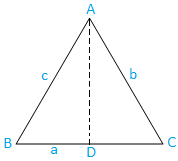
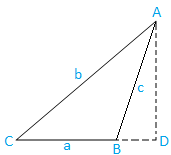
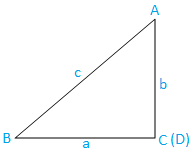




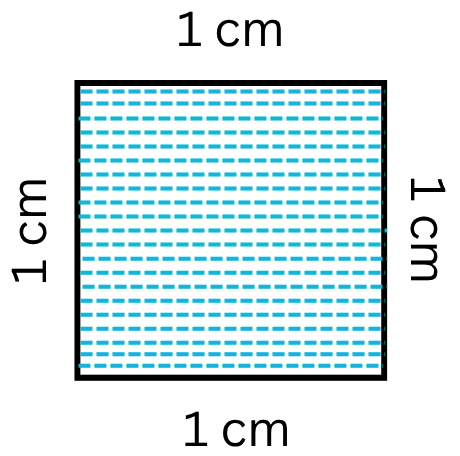
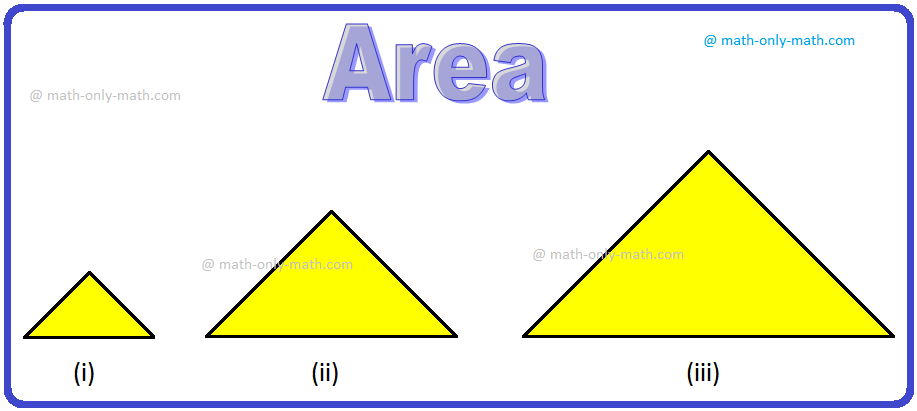
New! Comments
Have your say about what you just read! Leave me a comment in the box below. Ask a Question or Answer a Question.